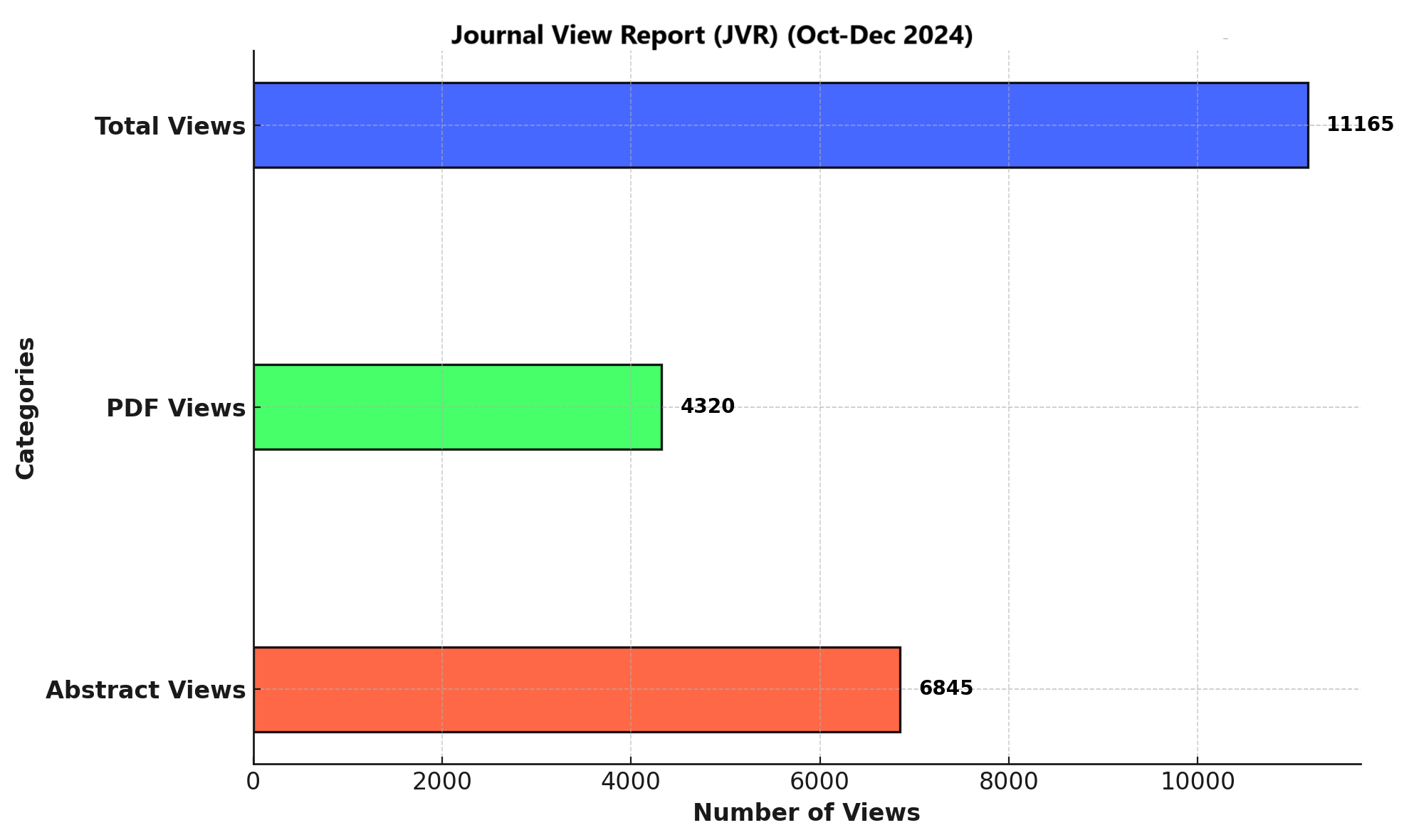PREVALENCE AND COMPARISON OF UVEITIS IN JUVENILE IDIOPATHIC ARTHRITIS PATIENTS WITH POSITIVE AND NEGATIVE ANTI-NUCLEAR ANTIBODIES AT A TERTIARY CARE HOSPITAL
DOI:
https://doi.org/10.71000/ijhr73Keywords:
Anti-Nuclear Antibodies, Autoimmune Diseases, Juvenile Idiopathic Arthritis, Pediatric Rheumatology, Risk Factors, Screening Protocols, Systemic Inflammation, Uveitis Development, Visual Complications, Youth ArthritisAbstract
Background: Juvenile Idiopathic Arthritis (JIA) is the most common pediatrics rheumatic disease, with uveitis as a masquerading and severe extra-articular manifestation causing major incidence of ocular morbidity if left untreated. JIA patients with ANA (Anti-Nuclear Antibodies) positivity have an elevated likelihood of uveitis. Recognizing this relationship is important, to prevent complications in early life. The aim of this study was to compare the prevalence of uveitis in JIA patients with positive and negative ANA as a reminder for screening timely detection, and intervention.
Methods: A cross-sectional study conducted at the Department of Rheumatology at JPMC Karachi over a period of six months. The study population consisted of children younger than 16 years age, suffering from Juvenile Idiopathic Arthritis (JIA) were included in the study. ANA levels were measured using immunofluorescence. Uveitis was diagnosed when slit lamp examination showed inflammation of the anterior and posterior uveal layers (iris, ciliary body, vitreous, retina, and choroide). Uveitis laterality was reported as right, left, or bilateral. Clinical parameters determine uveitis type (anterior, middle, or posterior). SPSS version 26.0 was used to analyze the data. Descriptive statistics in terms of Mean± SD and frequency were calculated.
Results: The mean age of the patients was 10.31 ± 3.46 years among them 37 patients (56.9%) being male, and 28 patients (43.1%) are female. The most frequent symptom was joint pain, present in 96.9% of the patients, followed by joint swelling (73.8%). Morning stiffness was reported by 69.2%, and fever in the past from 35.4 %. Rash was seen in only 9.2% of patients, and weight loss was reported by 15.4%. Among 65 individuals, 27 (41.53%) tested positive for ANA, with uveitis present in 15 (23.1%). In contrast, only 3 (4.6%) of the 38 (58.46%) ANA-negative patients had uveitis (p=0.0001).
Conclusion: It is to be concluded that the strong relationship between ANA and uveitis in JIA was noted. Moreover, the results emphasize the importance of screening, especially with ANA positivity as untreated uveitis can cause considerable morbidity. Further studies of other potential risk factors, e.g., sex and genetic background, are needed for establishing screening and treatment protocols for JIA-associated uveitis.
Downloads
Published
Issue
Section
License
Copyright (c) 2024 Ayesha Murtaza, ShafiqurRehman, Faiza Ghuman, Tabe Rasool, Wajid Ali, Arshad Ali Bhutto, Rabia yamin, Erum Ahmad, Sajid Atif Aleem (Author)

This work is licensed under a Creative Commons Attribution-NonCommercial-NoDerivatives 4.0 International License.







